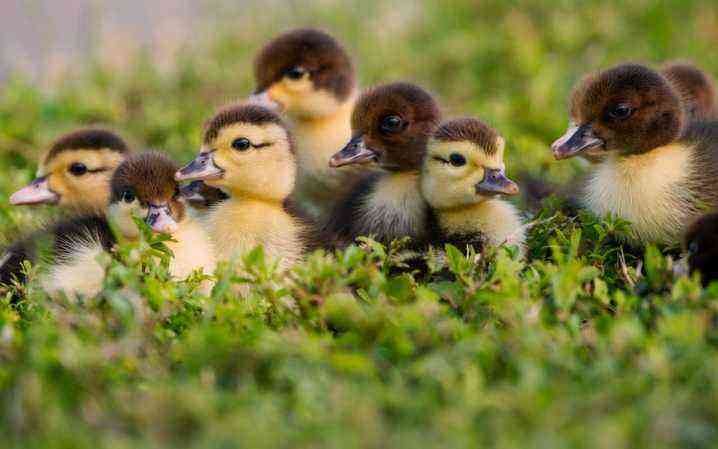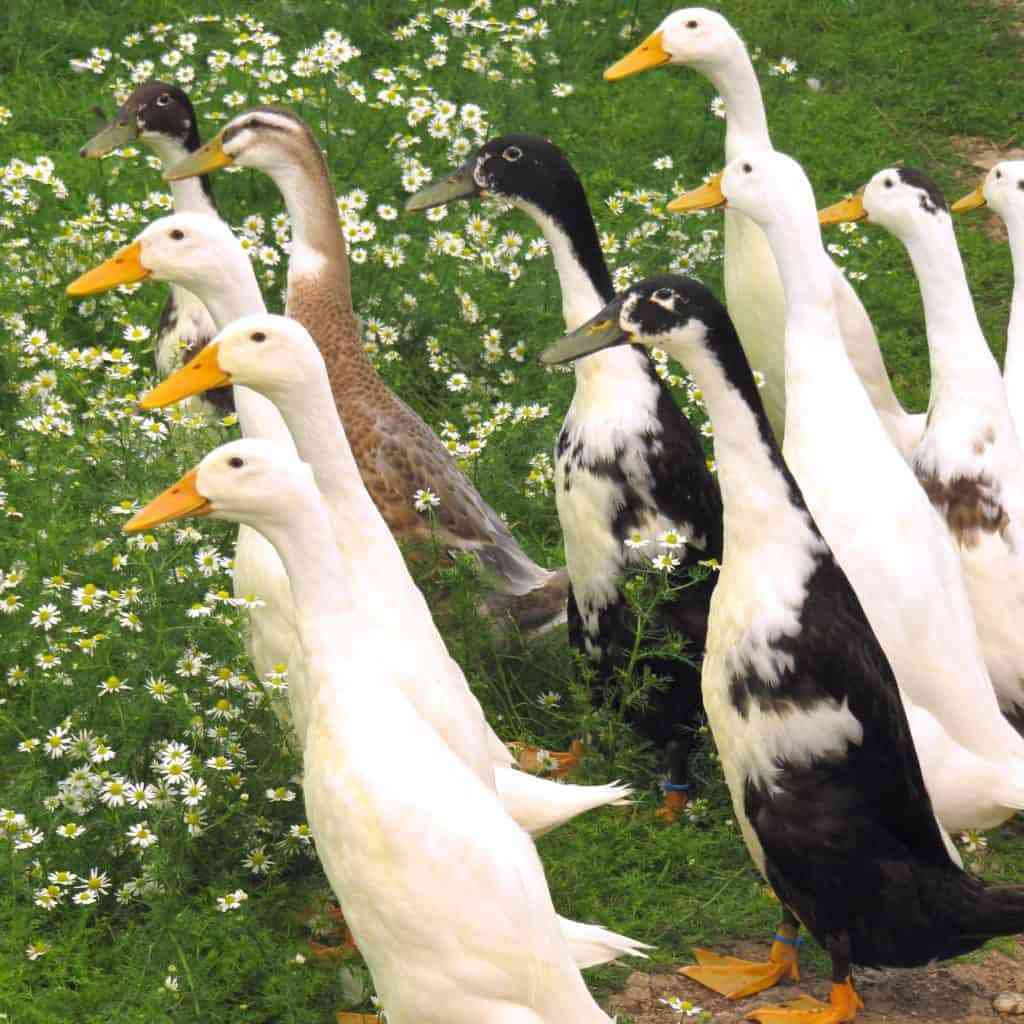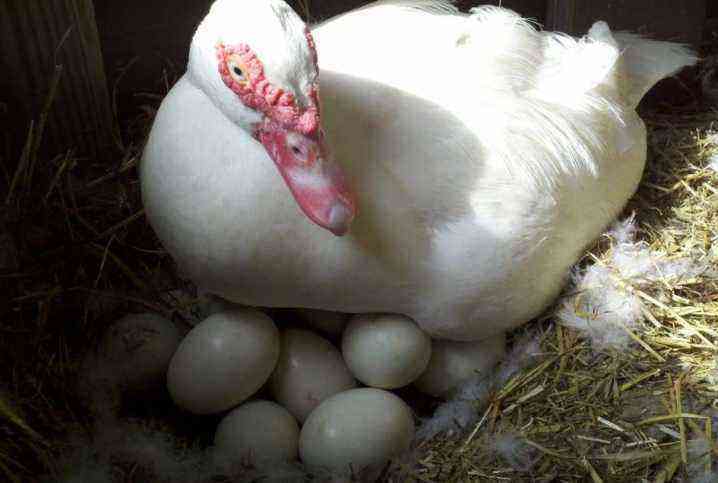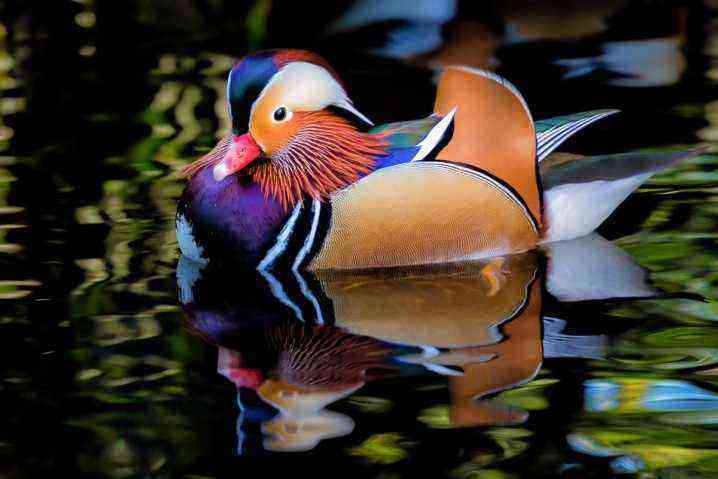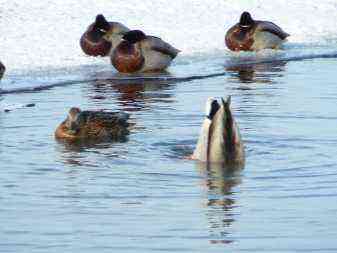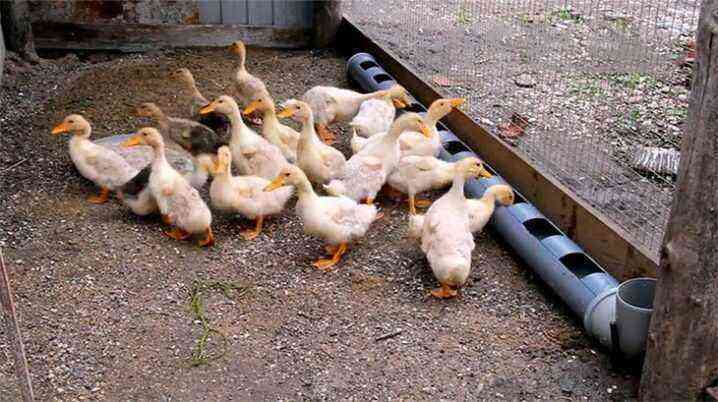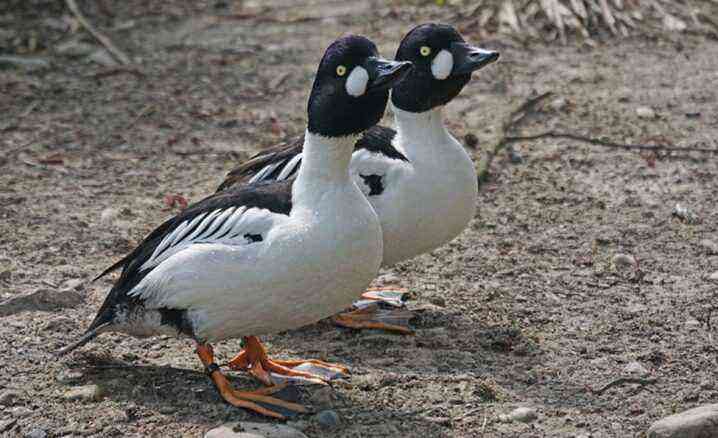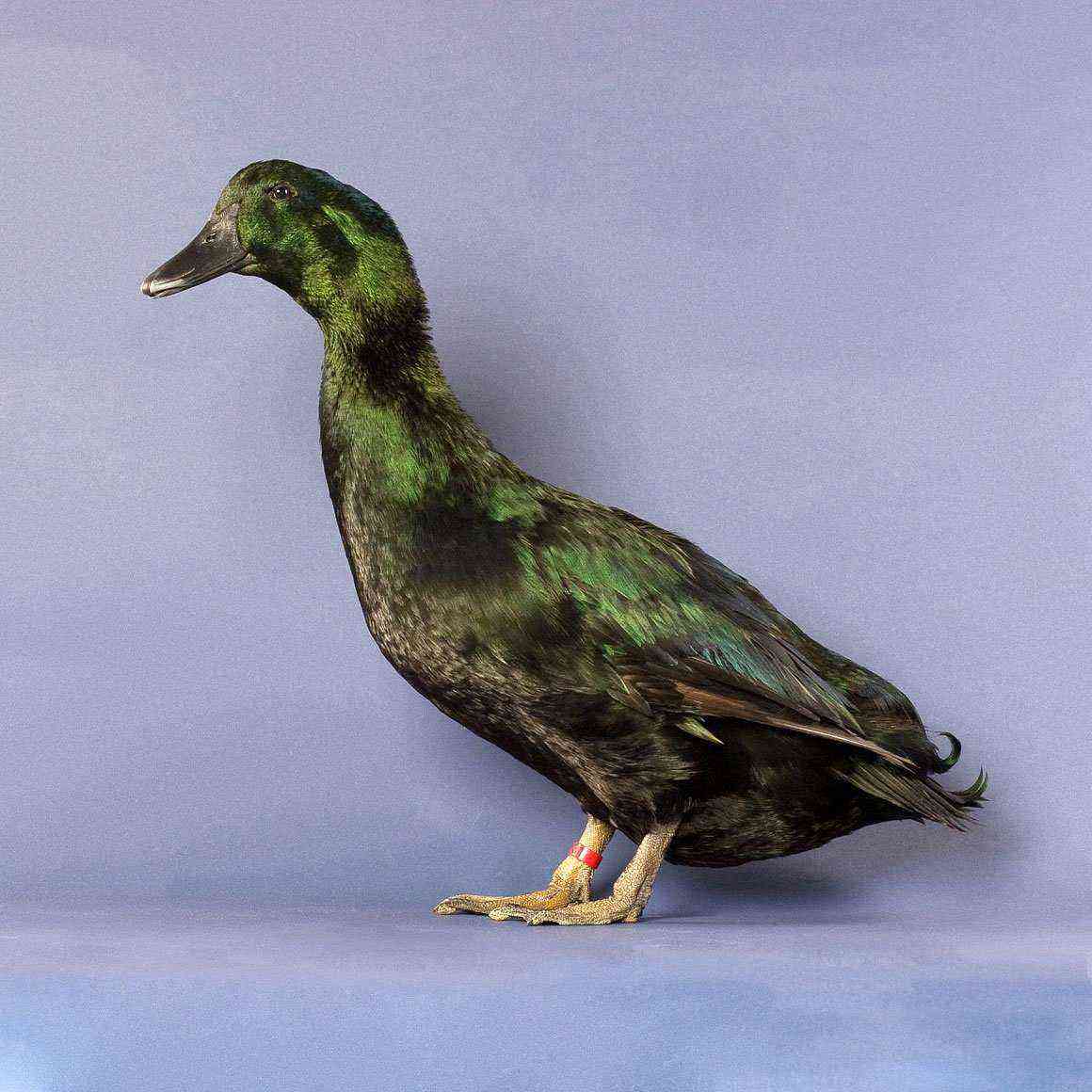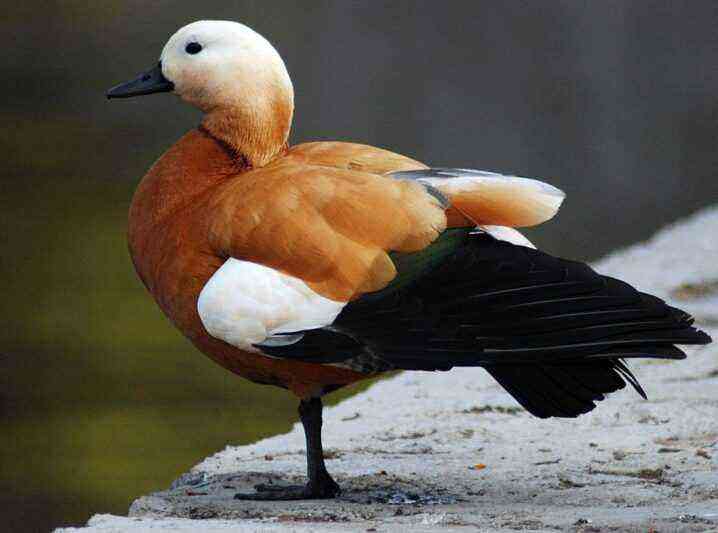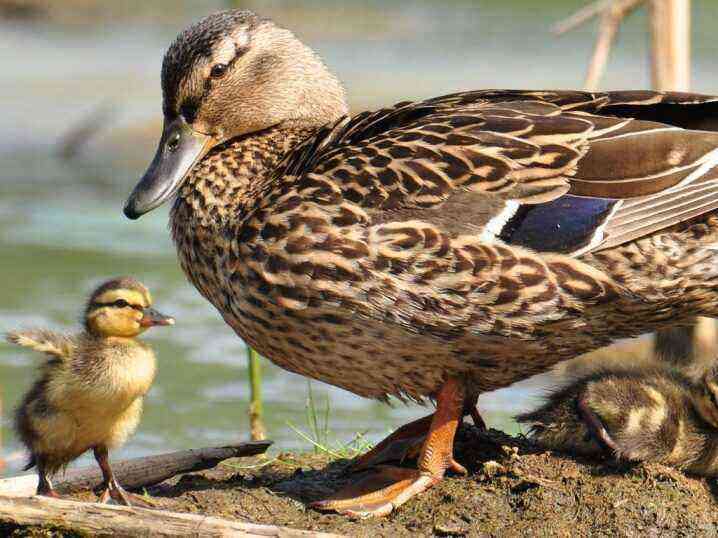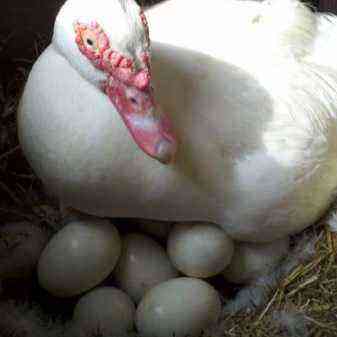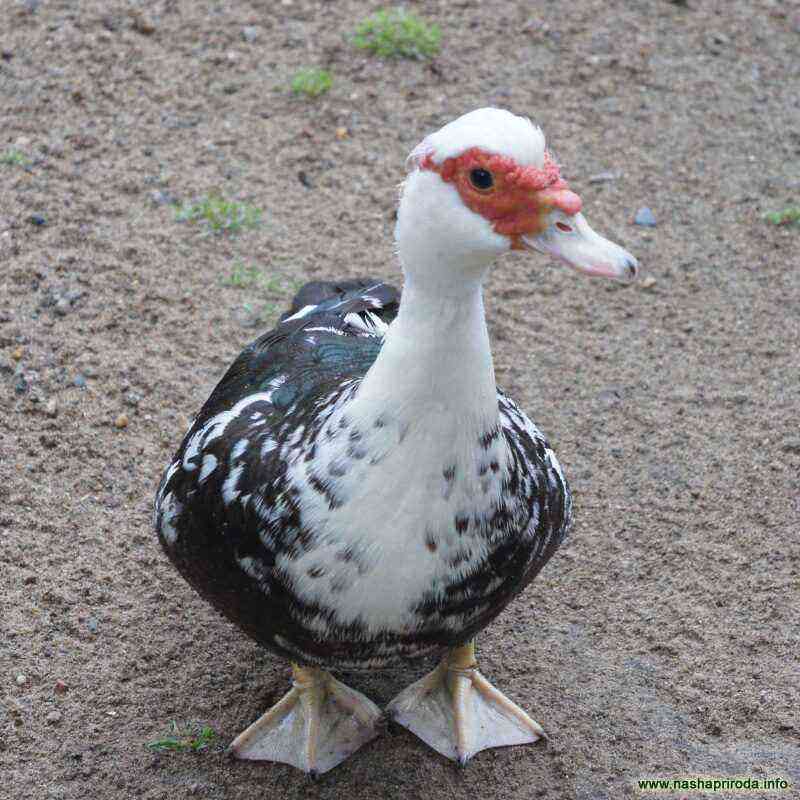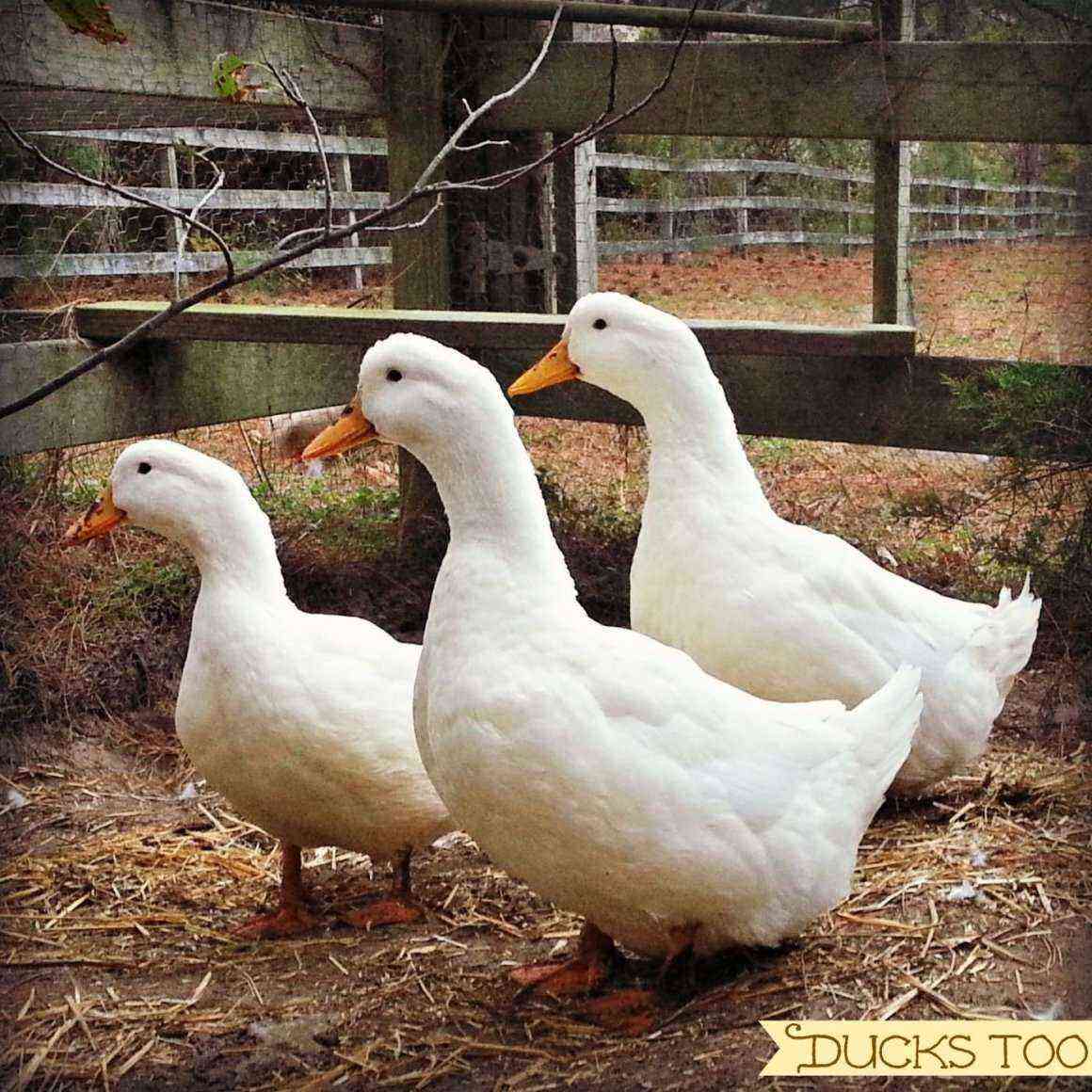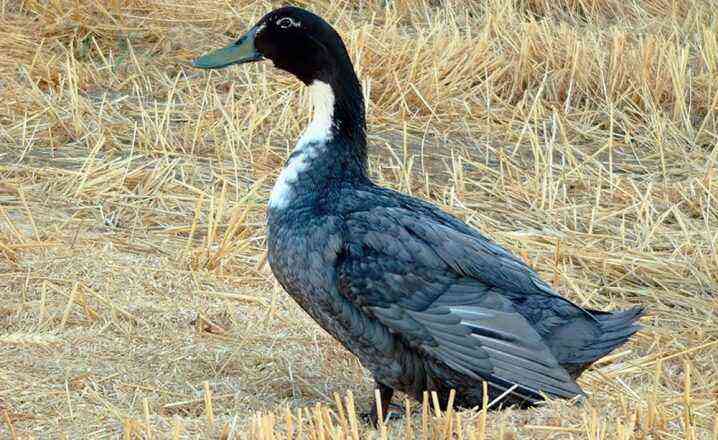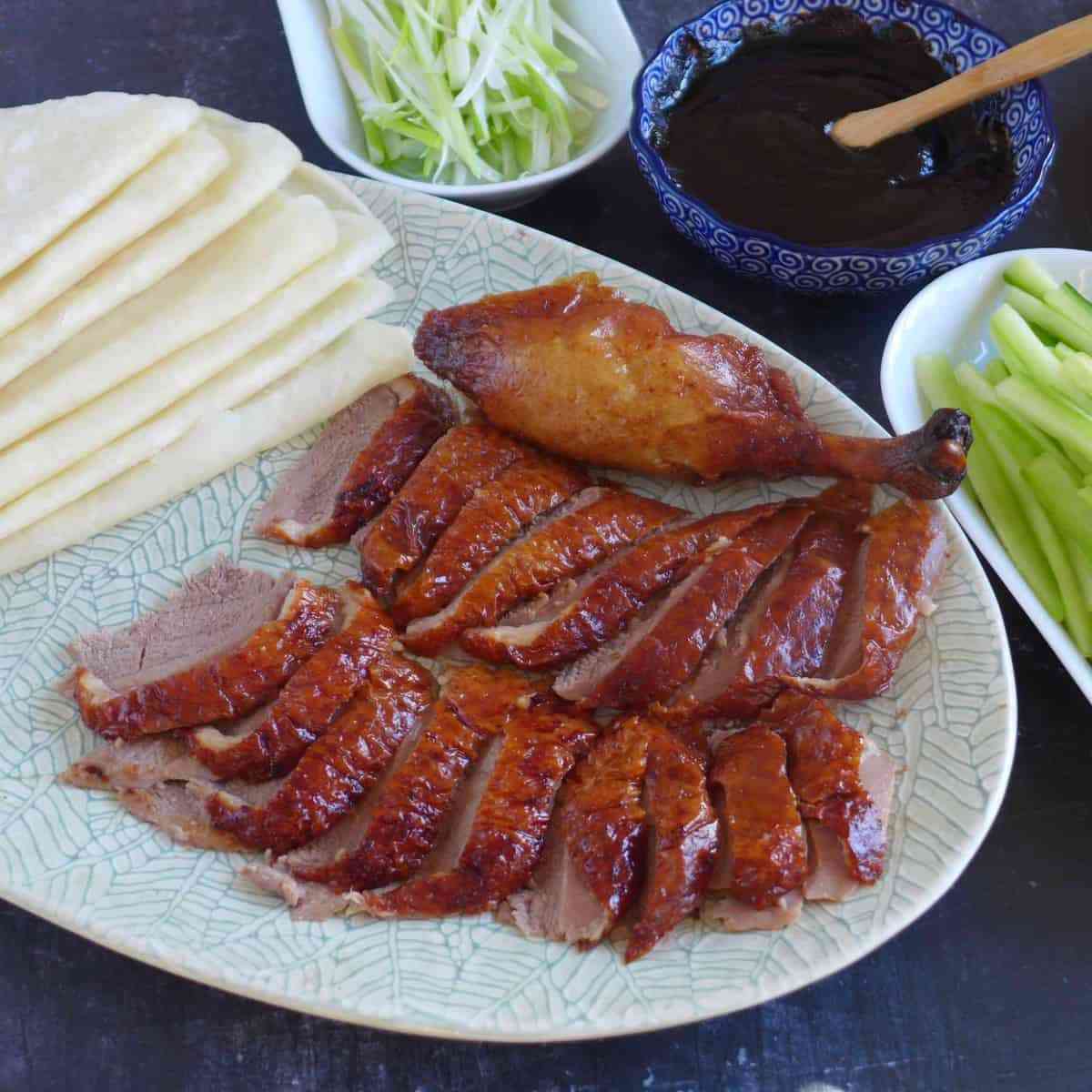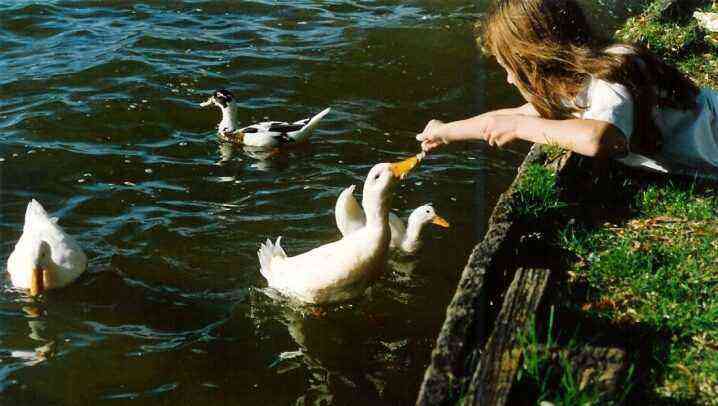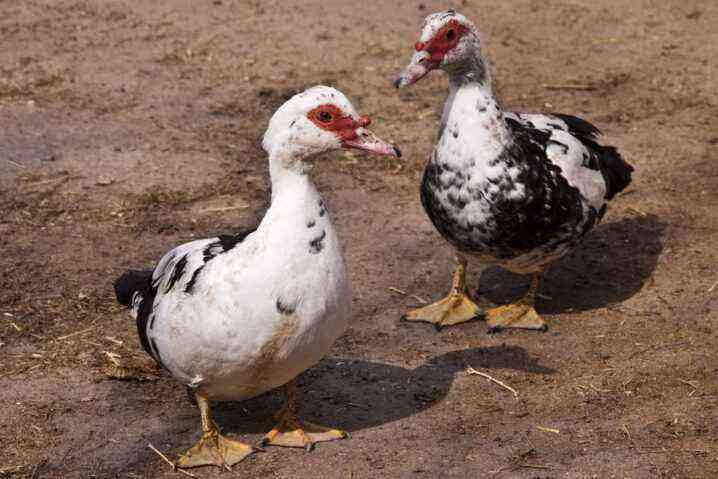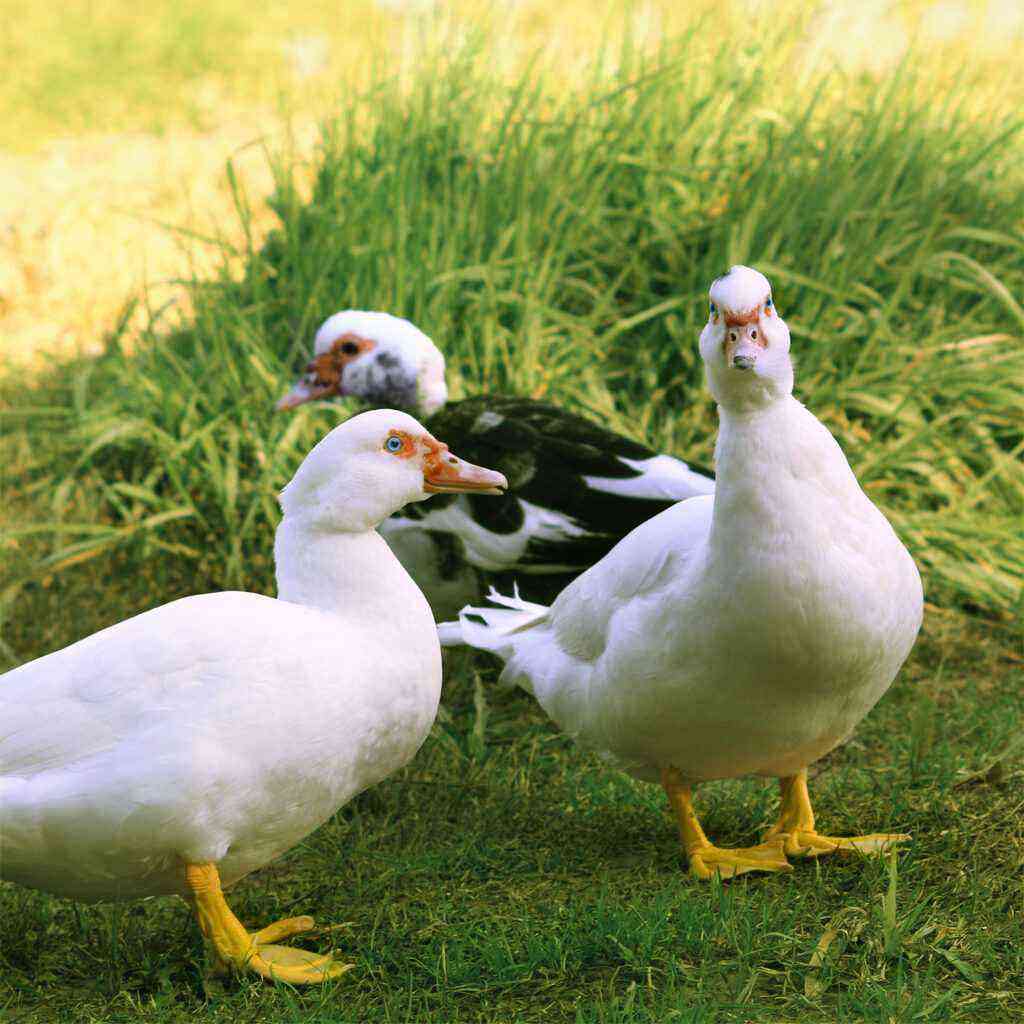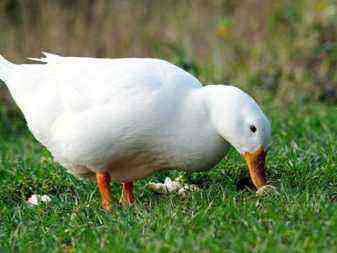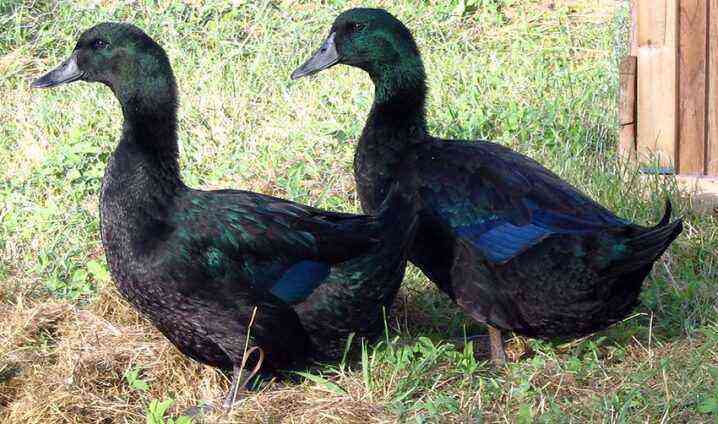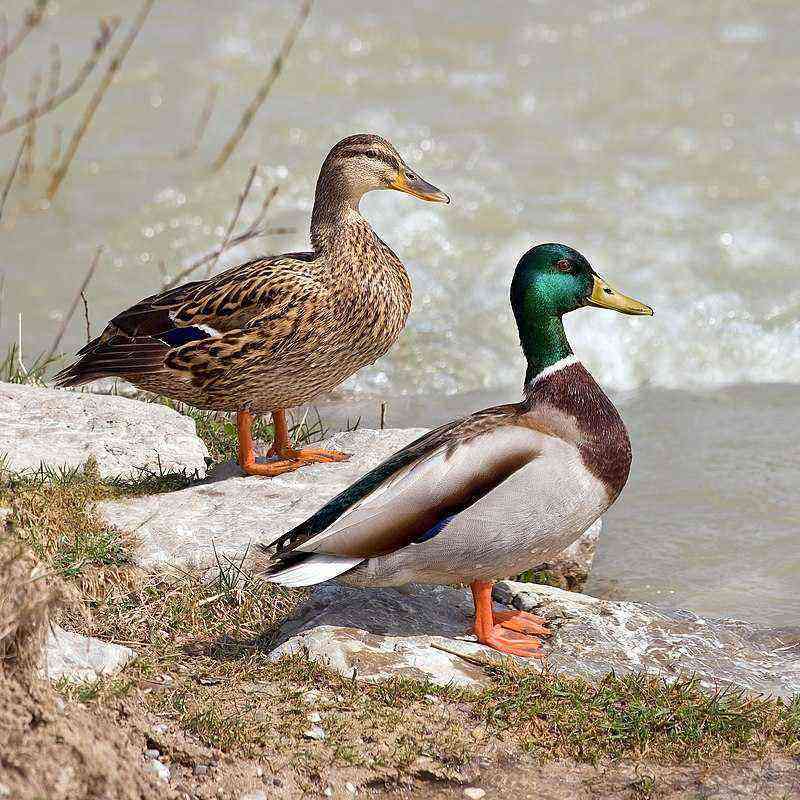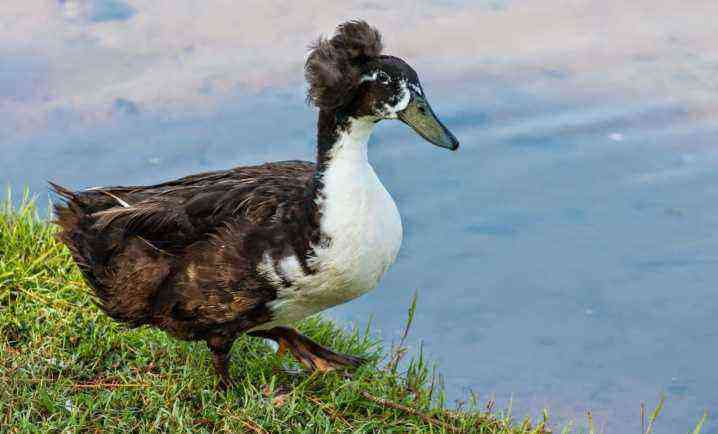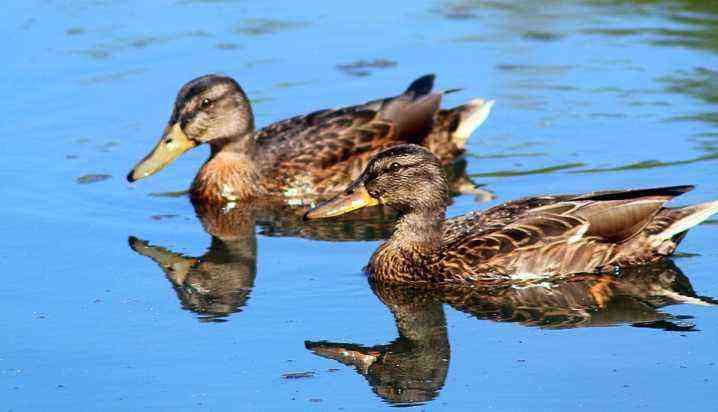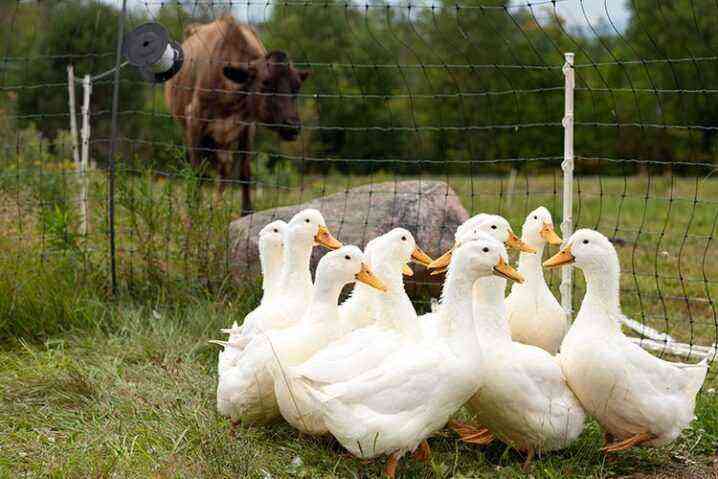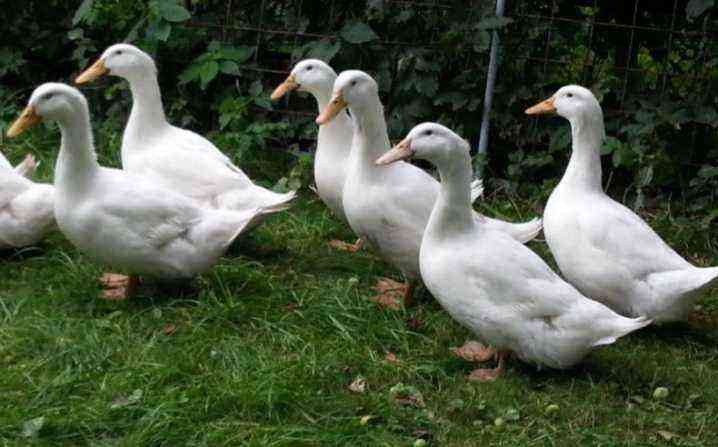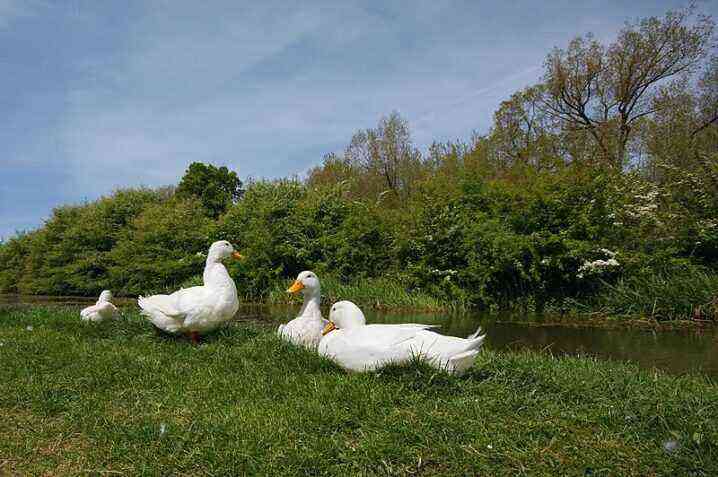Poultry farming is a popular and demanded type of agriculture, which makes it possible to provide the population with high-quality dietary meat and egg products. Large farms are engaged not only in breeding chickens, geese and turkeys, but also ducks. Duck products are in high demand and are used by both private consumers and specialized restaurant chains. The long painstaking work of breeders has led to the emergence of new, more advanced species of this poultry. Professional farmers recommend paying attention to the Cherry Valley breed, which has both meat and egg directions.
The story of
The Cherry Valley breed is the result of selection work by English specialists. The breed is based on the genetic characteristics of the Peking duck. The bred species acquired a high level of egg production without loss of meat indicators.
The name of the company that was engaged in breeding work gave the name to the breed.
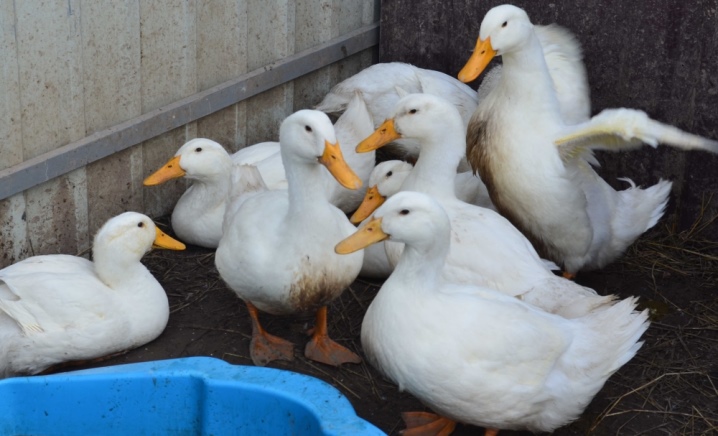
Due to its universal properties, the bird quickly gained popularity. and became in demand both in large farms and among private breeders. In the early 1970s, cherry valleys began to be grown commercially. For many decades, the breed has occupied a leading position in the ranking of the most popular types of poultry due to its high level of productivity, unpretentiousness, rapid weight gain and endurance.
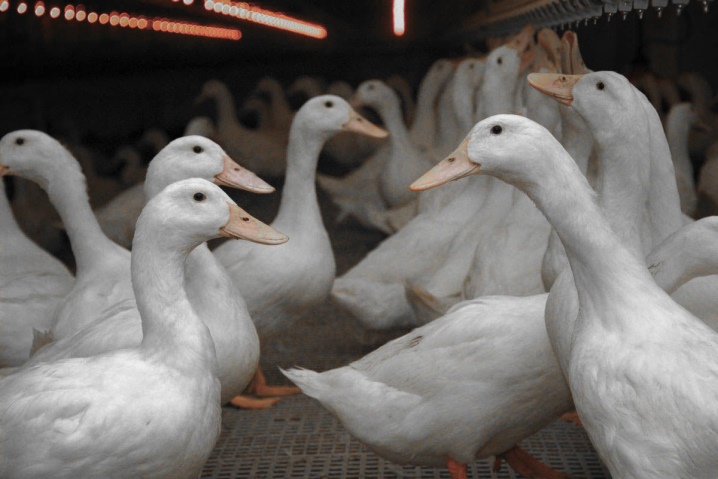
Description of the breed and productivity
Cherry Valley is a popular domestic duck that shares characteristics with the Peking duck. Due to the high level of immunity in birds, the absence of the need to vaccinate and use medications for treatment, meat products are of high quality and high vitamin composition. The meat of young individuals contains a minimum amount of fat and is equated to red.
The duck reaches its maximum taste indicators at the age of 7 months.
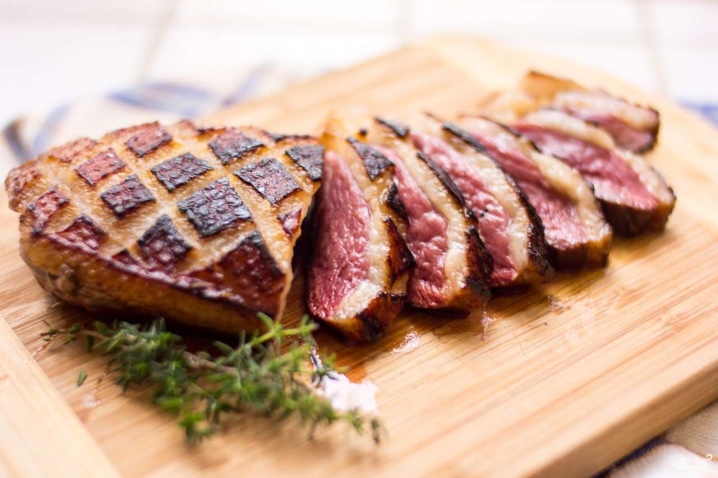
Cherry Valleys have both a maternal and paternal cross line. Crosses on the father’s side are characterized by the meat direction, and on the mother’s side – egg. The maximum weight of adult males is 4 kg, and females – 3,5 kg. Ducks quickly gain weight and by the age of three months they are gaining a mass of 3-4 kg.
Under favorable conditions, the average egg production rate is 200 eggs per year.
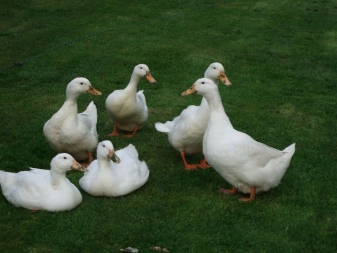
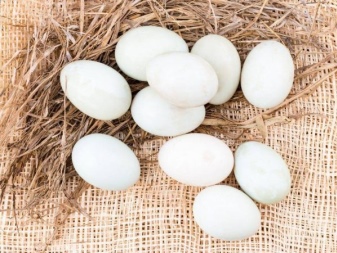
Disease resistance leads to maximum livestock conservation. For an adult bird, these figures reach 99%, and for ducklings – up to 96%. Ducks always have white feathers, and after molting they acquire a snow-white color. The body of the bird is elongated. A wide chest has a pronounced muscular structure and a fatty layer.
Low limbs of a rich orange color are located closer to the tail zone. On a massive neck is a small head. The forehead area is convex. The orange beak is curved. The color scheme of the eyes is from blue to dark blue.
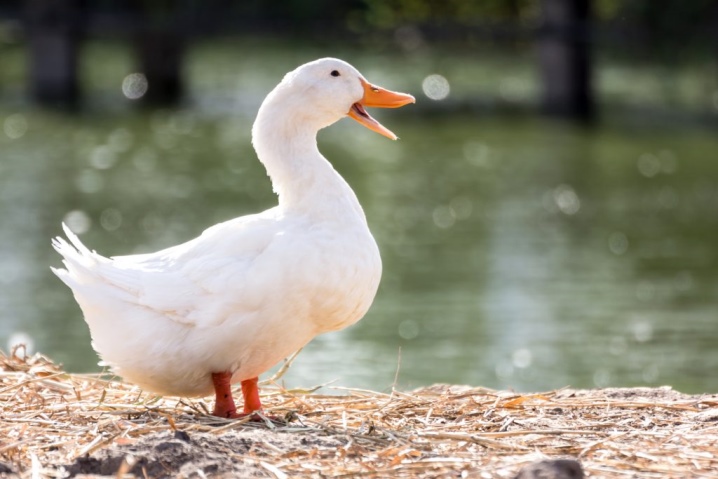
Advantages and disadvantages
Like all poultry, the cherry valley duck has a number of advantages and disadvantages.
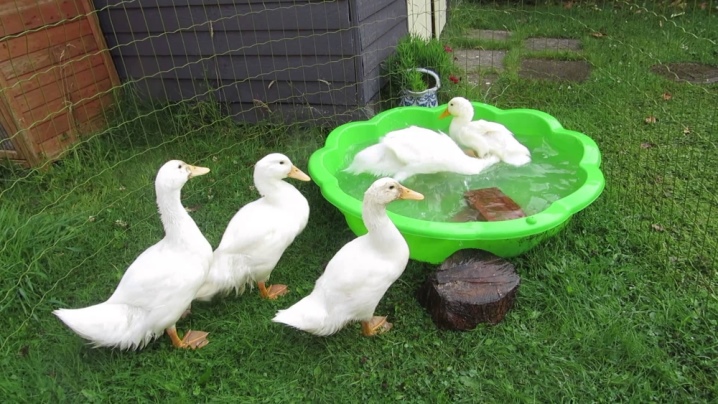
The advantages are:
- unpretentiousness;
- endurance;
- universal purpose;
- high aesthetic performance;
- the presence in the meat of a large number of vitamins and minerals;
- low content of adipose tissue;
- fast weight gain;
- high taste indicators of meat and egg products;
- resistance to viral and infectious diseases;
- picky in the diet;
- developed incubation instinct;
- high survival rate of both adults and young animals.

This breed is universal and has practically no flaws.
For the full and rapid growth of birds, you will have to strictly monitor the quality of the feed. And also it is necessary to provide access to the reservoir.
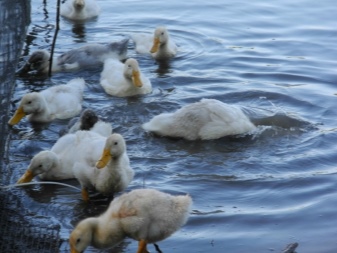
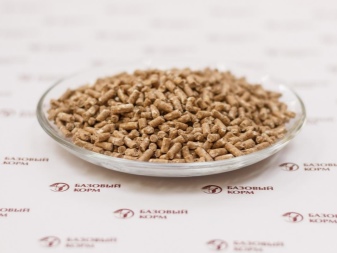
Conditions of detention and care
The Cherry Valley breed is distinguished by its unpretentiousness and does not require special conditions of detention. The area of the duck house should correspond to the number of livestock. There should not be more than 1 adults per 2m3. In the autumn-winter period, experts advise installing additional light sources that will increase daylight hours up to 12 hours a day.
The room should be equipped with a modern ventilation system that will prevent the accumulation of carbon dioxide from the waste products of the bird.

The temperature level should not be lower than + 5°. The most comfortable air temperature is + 18°. In winter, during a sharp drop in temperature, it is recommended to use heaters. Wide beams are used as perches, which are attached to the wall.
To prevent the development of feather parasites, containers with river sand and wood ash should be installed in the room. These fillers must be changed every month. In the summer, birds need to organize a walking area. The territory must be fenced with a metal or plastic mesh with a mesh size of not more than 50 mm. In late autumn, it is advisable to sow the territory of the enclosure with grass: the birds will be able to feast on greenery in early spring immediately after the snow melts.

In the absence of natural water sources, the owners must organize artificial reservoirs for the birds. In winter, swimming ducks is strictly prohibited due to the possible development of colds and infectious diseases. Particular attention should be paid to the arrangement of nests, which can be made from wooden or cardboard boxes with straw and hay. The number of containers should be 2 times less than the total number of females.
Near each nest it is necessary to build a wooden step. All boxes must be installed near the farthest and warmest wall. Bedding material can be straw, sawdust and peat.
In the summer, it is advisable to take the feeders and drinkers outside, and to prevent the feed from getting wet, a canopy should be built over them.
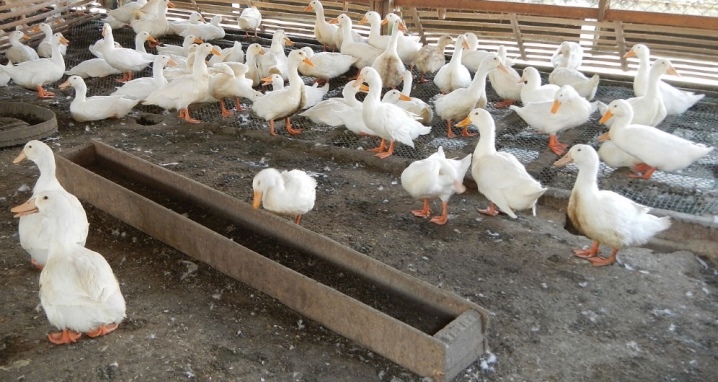
To prevent the development of dangerous diseases, it is necessary to clean the duck house weekly with the replacement of bedding material. Every six months it is necessary to carry out a general cleaning of the entire premises. Failure to comply with hygiene and sanitary standards leads to the appearance of colds and other ailments: catarrh, omphalitis, diarrhea and intestinal diseases. Sick birds must be quarantined. The room where they were, must be thoroughly cleaned and disinfected.
Feeding
Cherry Valley ducks scatter food while eating. This feature must be taken into account when choosing a feeder. Experts recommend using long narrow containers with high sides.
The poured feed should not reach the middle of the container. And also ducks should have constant access to clean fresh water.
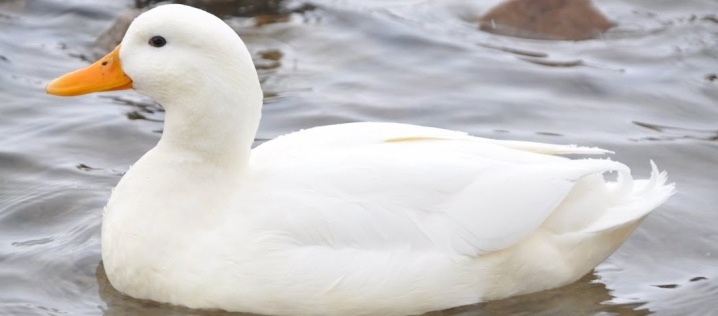
Novice farmers need to pay special attention to the diet of poultry, which should be as balanced as possible and contain all the necessary vitamins and nutrients. Ducks can be fed both dry and wet food. Dry foods include:
- granulated vegetables;
- grain mixtures;
- vitamin blends.
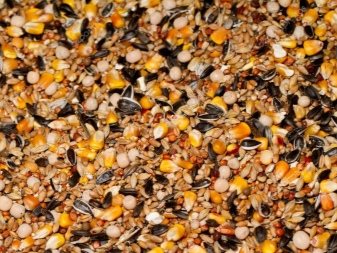
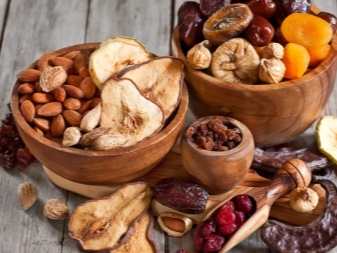
These compositions are used for automatic feeders by large farms. In small private backyards, they prefer to feed the bird with wet food, which includes:
- boiled porridge;
- bone and herbal meal;
- meat and fish waste;
- boiled chopped vegetables.
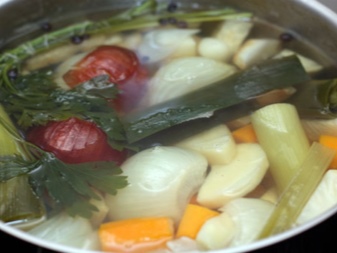
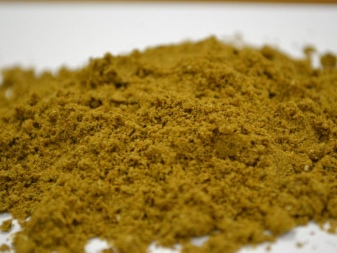
The mixture can be diluted not only with water, but also with milk, whey and kefir. In the evening, chalk and shell rock should be added to the composition. The frequency of feeding should not exceed 3 times a day.
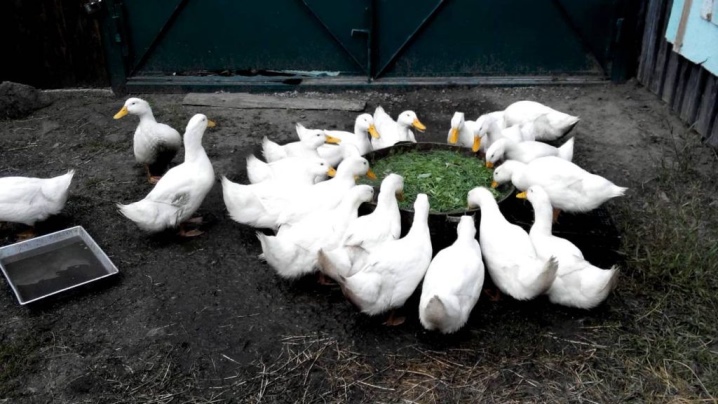
Birds love to eat fresh vegetables and cabbage leaves. Adding a small amount of brewer’s yeast to the prepared feed will have a beneficial effect on the immunity of the bird. The quality of the menu has a direct impact on the taste of meat products. In the case of an unbalanced diet and lack of sufficient vitamins and minerals, ducks may develop the following diseases:
- conjunctivitis;
- low blood pressure and pulse;
- spasms of the muscular system;
- loss of feather coating;
- disruption of the digestive system.

Breeding
Puberty in this breed occurs at the age of 6 months. One female is able to breed about 20 pieces of young. The maximum egg weight can reach up to 100 g. The first 2 days after the duck has sat on the eggs, it must not be touched. If she does not get up from the nest even on day 3, she must be removed, fed, watered and planted back. This manipulation must be carried out several times until the bird gets used to it and begins to eat and drink on its own.

To obtain the maximum number of ducklings, it is necessary to maintain the temperature in the room at + 15 ° throughout the entire hatching period. The emerging chicks are covered with yellow fluff. They have strong immunity. Only 4% of ducklings do not survive. Newborns need a lot of protein. Their diet should consist of boiled eggs, cottage cheese and kefir.
Scalded leaves of fresh nettle will have a beneficial effect on the growth and development of young animals.
Two-week-old ducklings can already eat chopped leaves of clover, dill, thistle, dandelions and green onions. Monthly chicks should be gradually accustomed to boiled vegetables. To prevent poisoning and disruption of the intestines, duckling food should be prepared just before serving, and uneaten foods should be removed an hour after feeding. Cleaning of rooms with young animals should be carried out daily, and water changes should be carried out several times a day.

Reviews
The demand and popularity of Cherry Valley ducks have caused a huge number of reviews. Small private farmsteads give preference to this breed due to its universal purpose. Farmers note a quick weight gain while maintaining a high level of egg production. For own use and for sale, you can use a bird already at the age of 7 months.
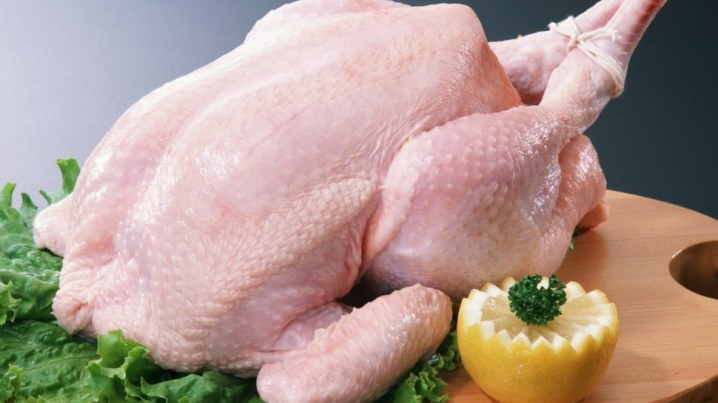
Large farms note the unpretentiousness of the bird and its high resistance to diseases. These indicators can significantly reduce the financial costs for the construction and equipment of duck houses and for the purchase of expensive vaccines. Omnivorousness and unpretentiousness in food are noted by all owners of the breed.
Birds are happy to eat both expensive dry food and homemade wet mixes, which make it possible to maximize the use of crops from their own personal plots.

Trouble and inconvenience for the owners is the love of ducks for water and free range. In the absence of free access to the reservoir, it is necessary to create artificial ponds and pools for them, as well as green areas. Growing poultry on an industrial scale and for private use is a cost-effective measure that makes it possible to obtain both meat and egg products. Before acquiring young animals, experienced farmers recommend that you carefully study the features of the selected breed and the rules for caring for it.
An overview of cherry valley ducklings can be seen in the video below.

